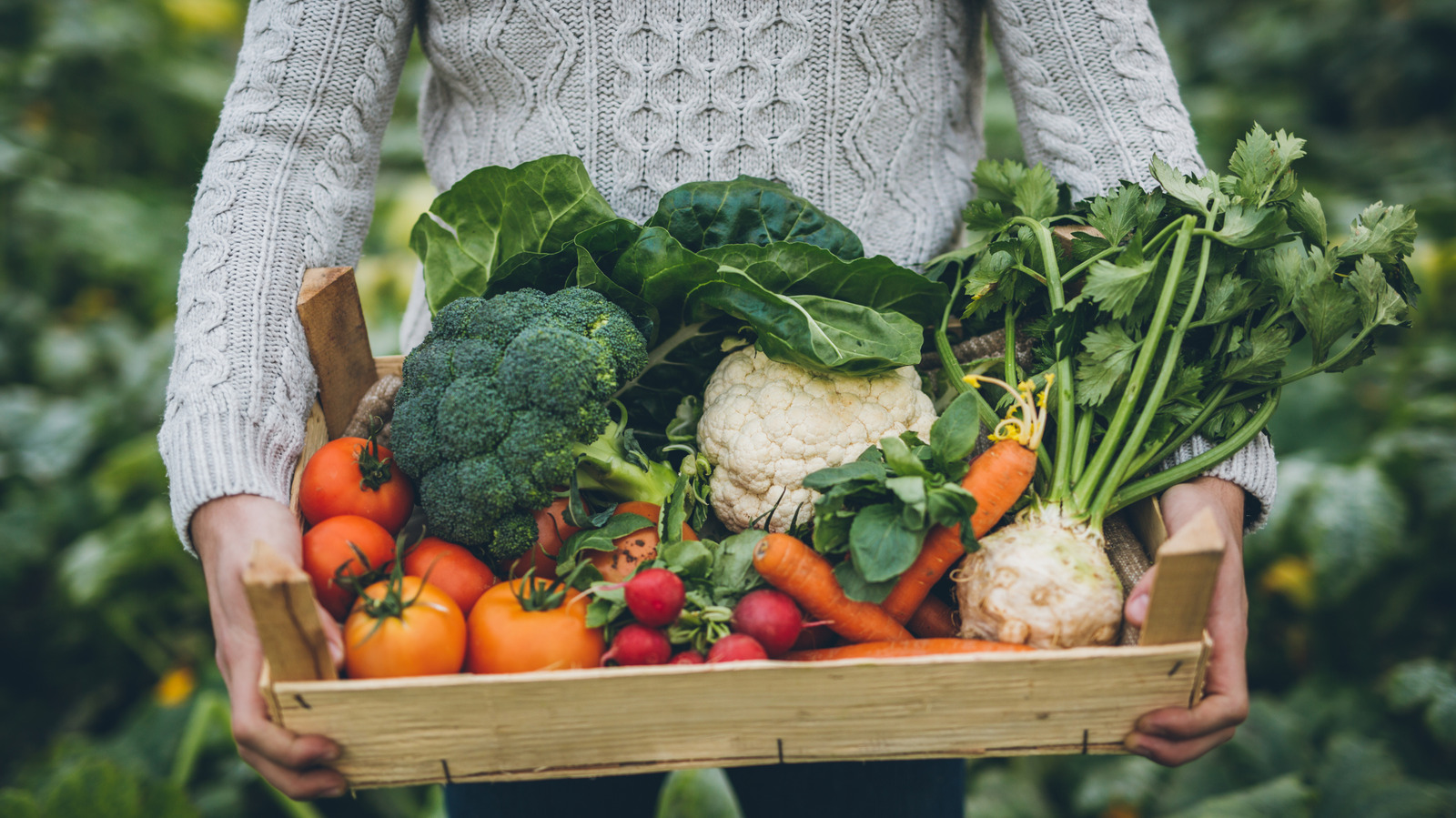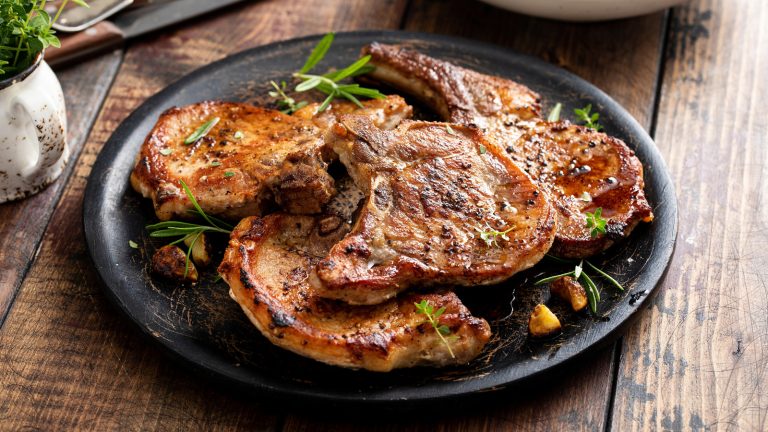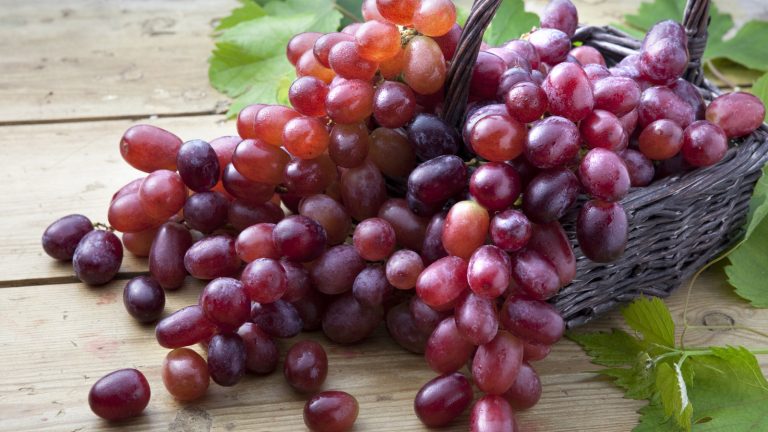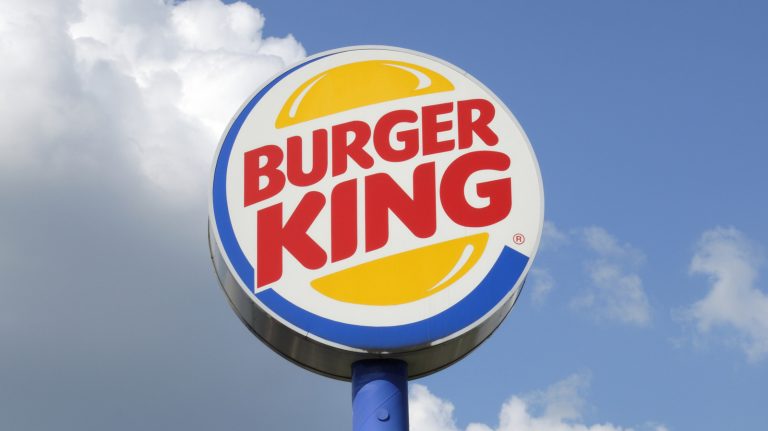Summer is the perfect time to dedicate some TLC to your garden. There are a host of vibrant, delicious vegetables to grow, many of which you might not even know about. If space is a consideration, take heart that many plants can grow perfectly well in raised beds or planters, and this might even be preferable if you’re just starting to explore what your green thumb can do and don’t want to take on too much.
It’s worth noting that garden pests tend to increase in the summer months, but you can actually keep them at bay by sprinkling used coffee grounds around your yard. Some vegetables can take up to a couple of months before they’re ready to harvest, but it’s important to stay on top of their progress and timelines, as picking them too late can result in overripe and under-flavored produce. These underrated veggies are sure to be a feast for the eyes as well as the stomachs.
Bright lights chard
This variety of Swiss chard was developed in New Zealand and offers a gorgeous jeweled look to your garden. It grows best in partial to full sun, about an inch deep within well-drained soil, with the seeds planted two to six inches apart. The smaller leaves can be used in salads, while larger leaves and stems can be cut and boiled for just a few minutes before they’re ready to season and eat.
Okra
Okra is a crunchy, earthy vegetable that tastes like a cross between an eggplant and green beans. If that’s a little hard to imagine, try growing some this summer and see for yourself. It grows best in warm, rich soil, so compost is ideal here. Seeds should be planted one to two inches deep and about 10 inches apart, as they can take up quite a bit of space. They’re best harvested while still young, as they can become hard, woody, and inedible if left too long. They can be roasted, pan-fried with onions, or added as-is to stews like chicken and sausage gumbo.
Japanese eggplant
These long and slender eggplants are a slight divergence from what you might be used to. To grow them, you’ll actually need to start germinating the seeds about two months before spring ends, indoors to protect them from the chill. After that, transplant the seedlings into warm, rich soil (adding compost if needed) where they can receive at least six hours of direct sunlight a day. They will be ready to harvest about two months later, but they are worth the wait thanks to their thin skin, tender flesh, and sweet taste.
Rat tail radish
Perhaps not the most appealing thing to call an edible plant, but this variety of radish gets its name because it looks thin and stringy. Unlike regular radish, this variety is grown for its crunchy, edible seed pods, not the root. These seeds should be planted half an inch to an inch deep and about two to four inches apart from each other, ideally in full sun. When the pods are between three to six inches long, they are ready to harvest. They offer a mildly bitter taste and go well chopped up in salads, stir-fries, and your favorite curry.
Shallots
Shallots are best planted in the springtime or autumn, but you harvest them primarily in summer. They need a lot of sun and very rich soil, so break out the manure or compost. Note that the soil should not be damp, as this can lead to fungal growth. Plant your seeds half an inch deep and between three to six inches apart and water regularly, especially in drier regions. You’ll know the alliums are ready when the stalks get nice and long, or you can wait until they have fallen off and take out the mature bulbs themselves then.
Purple potatoes
If you live in an overall cooler area, purple Peruvian potatoes are the crop for you. They require a lot of sunlight, but too much heat can slow their growth. To start, plant some seed potatoes four to six inches deep and three feet apart. Planting them in rows and within trenches will offer the best results. They need to be constantly topped with soil (aka hilled), so these are better suited to those with large outdoor spaces, as opposed to planters. Once the vines turn yellow, they are ready to harvest and brighten up your meals. Purple french fries, anyone?
Malabar spinach
Contrary to its name, this leafy green isn’t actually true spinach. It is a climbing plant that grows best in the heat, and looks and tastes similar enough to regular spinach (and chard) to act as a good summer substitute. Plant your seeds around five inches apart and half an inch deep in the soil, in full sun. Some structural support will help as it grows tall, and you can start harvesting as soon as the leaves start to look glossy, about a month after planting. Note that there are two types — one has a red stalk (Basella rubra), and the other is fully green (Basella alba).





